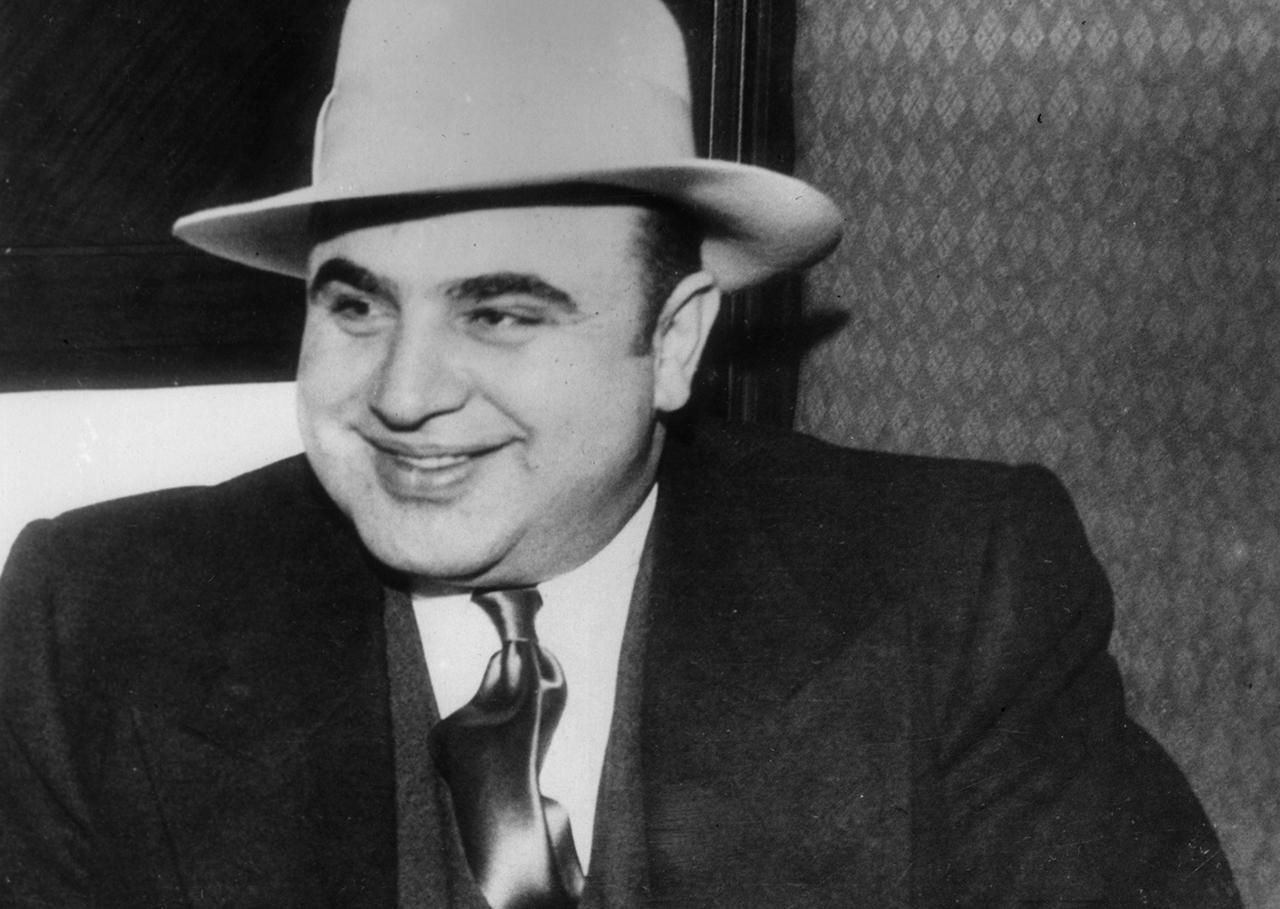What Really Happened During Al Capone’s Time At Alcatraz?

Al Capone, one of America's most notorious gangsters, spent several years at Alcatraz, the infamous island prison. But what really happened during his time there? Known for his criminal empire in Chicago, Capone's life took a dramatic turn when he was transferred to Alcatraz in 1934. This high-security prison aimed to break the spirits of even the toughest inmates. Capone, who once ruled the streets, found himself isolated and stripped of his power. His health deteriorated, and he faced constant threats from fellow prisoners. Yet, his time at Alcatraz remains shrouded in mystery and intrigue. Let's uncover the real story behind Capone's stay at this legendary prison.
Al Capone's Arrival at Alcatraz
Al Capone, one of America's most notorious gangsters, was transferred to Alcatraz in 1934. This move aimed to isolate him from his criminal network and curb his influence.
The Transfer: Capone was moved from Atlanta Penitentiary to Alcatraz, a high-security prison designed to house the most dangerous criminals.
First Impressions: Upon arrival, Capone quickly realized that Alcatraz was unlike any other prison. The strict rules and isolation were a stark contrast to his previous experiences.
Life Inside the Cell
Capone's daily life at Alcatraz was a far cry from his luxurious lifestyle outside. The prison's rigid routine and harsh conditions took a toll on him.
Daily Routine: Inmates followed a strict schedule, including work assignments, meals, and limited recreation time. Capone was no exception and had to adhere to these rules.
Isolation: Alcatraz's design minimized contact between inmates. Capone spent most of his time in his cell, with little opportunity for social interaction.
Health Issues and Decline
Capone's health deteriorated during his time at Alcatraz. The harsh conditions and lack of medical care exacerbated his existing health problems.
Syphilis: Capone had contracted syphilis years before his imprisonment. The disease progressed, causing severe physical and mental health issues.
Mental Health: The isolation and stress of prison life took a toll on Capone's mental health. He began to show signs of paranoia and confusion.
Work Assignments and Privileges
Despite his notoriety, Capone was assigned various work duties at Alcatraz. These assignments were part of the prison's rehabilitation efforts.
Laundry Duty: Capone worked in the prison laundry, a mundane task that kept him occupied and away from other inmates.
Music Privileges: Capone was allowed to play his banjo in the prison band, a small privilege that provided some solace amid the harsh conditions.
Attempts at Escape
Alcatraz was known for its high security, but that didn't stop inmates from attempting to escape. Capone, however, never tried to break free.
Escape Attempts: Several inmates attempted daring escapes from Alcatraz, but none succeeded. The prison's location and security measures made it nearly impossible.
Capone's Resignation: Unlike other inmates, Capone seemed resigned to his fate. He never participated in escape plans, possibly due to his declining health.
Transfer and Release
Capone's time at Alcatraz eventually came to an end. His health issues led to his transfer to another prison, and he was later released.
Transfer to Terminal Island: In 1939, Capone was transferred to Terminal Island Prison in California due to his deteriorating health.
Release: Capone was released from prison in 1939. He spent his remaining years in Florida, suffering from the effects of syphilis until his death in 1947.
Al Capone's Alcatraz Legacy
Al Capone's time at Alcatraz was marked by a mix of notoriety and decline. Known as Public Enemy No. 1, Capone's arrival at the prison brought a wave of media attention. However, life on Alcatraz Island was far from glamorous. The strict rules and isolation took a toll on his health, leading to the deterioration of his once-powerful image. Capone's syphilis worsened, affecting his mental state and reducing him to a shadow of his former self. Despite his attempts to maintain control, he became just another inmate, stripped of his power and influence. His time at Alcatraz serves as a stark reminder of the harsh realities of prison life, even for the most infamous criminals. Capone's legacy at Alcatraz is a tale of downfall, showing that even the most feared gangsters can be brought to their knees.

